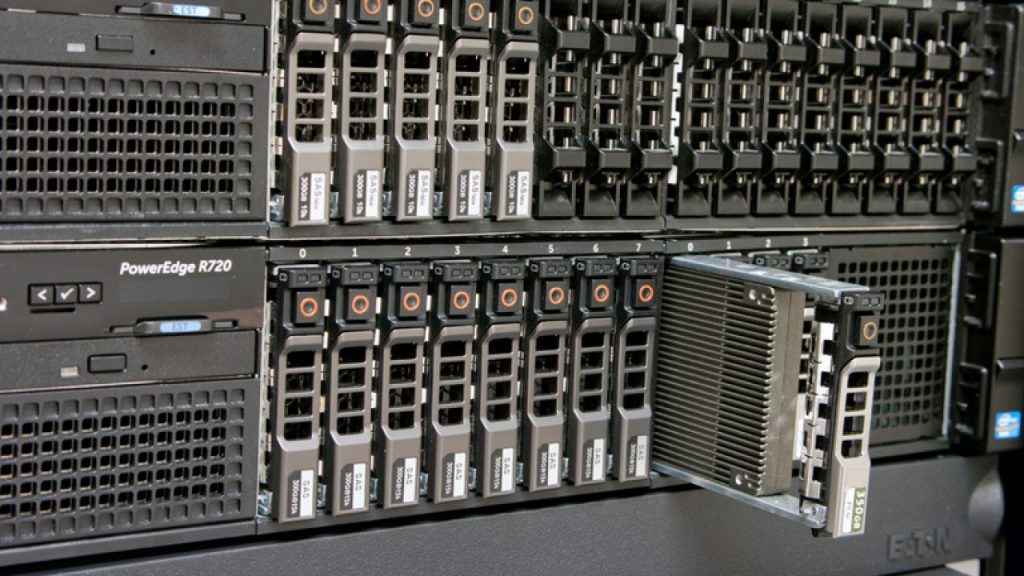With the enormous number of cloud printing records and document types accessible for download in the present media-rich web-local area, numerous PC proprietors have come to find that capacity of the records they get (as well as simple access and sharing across an organization) have become issues. Fortunately, the document server is an answer for this issue. With its incorporated area comparative with the wide range of various parts of an organization, the changed server can work over completely to connect far off, different, or close PCs to a solitary wellspring of data, which can then be served up at a minutes’ notification.
What is a distributed computing document server? It is actually similar to a solitary huge protected with many wires rising up out of it and interfacing every one of the elements that have a portfolio or satchel held inside. Whenever any of these substances may chu hpe proliant dl380 gen10 (or every one of them) conveys a message to the protected, it goes through the wires and recovers anything that they wish for from capacity. A record server enjoys many benefits when contrast with a blaze drive; including centrality, size and openness. Since the server sends precise duplicates of the data, anybody can recover numerous impersonations of a similar document – except if the proprietor reorders, rather than reorders. Clearly, with a blaze drive the data isn’t unified, as isn’t effectively open to anybody other than the ongoing proprietor.

There are really two sorts of record servers; the devoted server and the non-committed server. The principal type, a committed server, must be utilized as a server or a stockpiling unit. It must be utilized to give shared admittance to various PCs connected to it through a similar organization. A non-devoted server by and large has a double use; besides the fact that it go about as can stockpiling, giving controlled admittance to the records on it, yet it can likewise go about as a PC at its actual area. In this way, it tends to be utilized very much like any of different PCs associated with it, to get to and perform procedure on the very documents housed inside or on it.
The past chat on distributed computing virtual server networks raises a fascinating point about record servers and PCs overall. Any PC in an organization can consequently be seen as a non-committed record server, as a result of its capacity to store different documents and perform procedure on these equivalent records. In the event that the client awards admittance to the next network elements, they really take part in a similar common plate access that a more conventional document server would concede them. Furthermore, the PC can be transformed into a committed record server by randomly stopping any remaining exercises on it, and just permitting documents put away on it to be recovered by all gatherings on the organization. Once more clearly, such a shoddy record server can promptly be switched back over completely to either a non-committed document server, or essentially a workstation PC at the proprietors’ impulse, by starting to perform undertakings other than document capacity.
